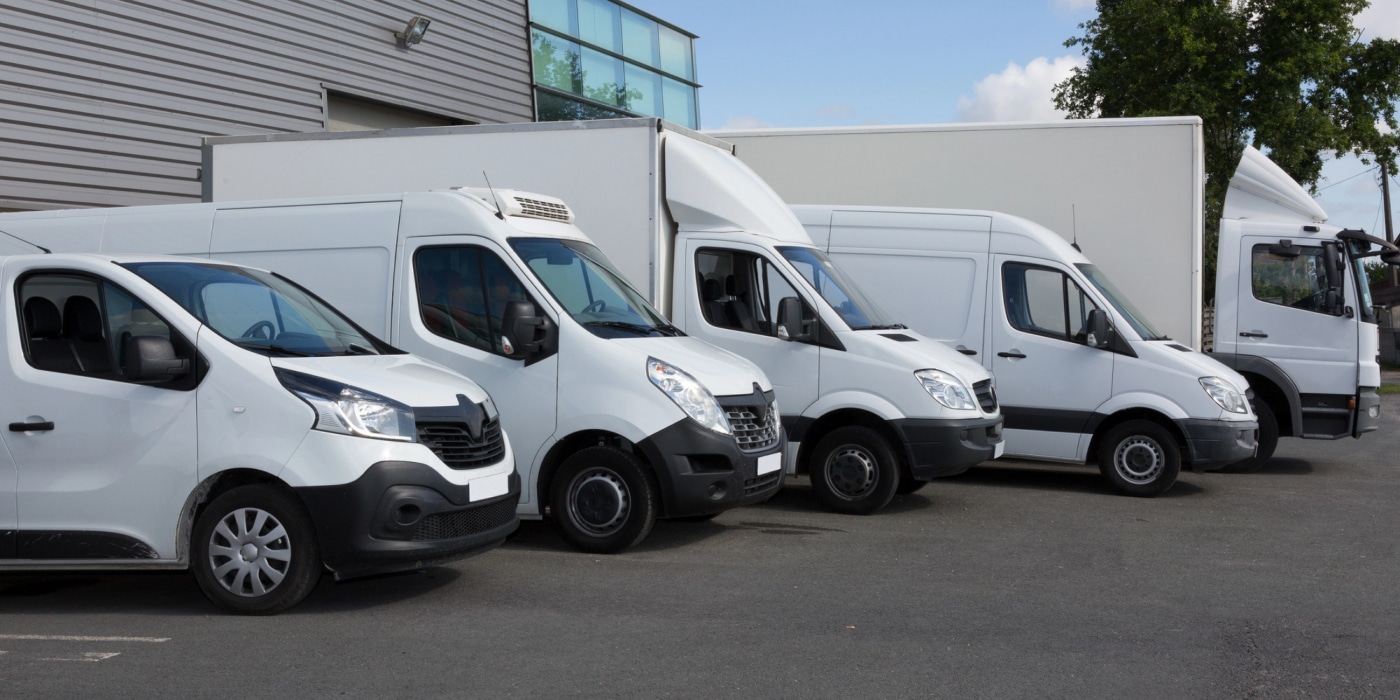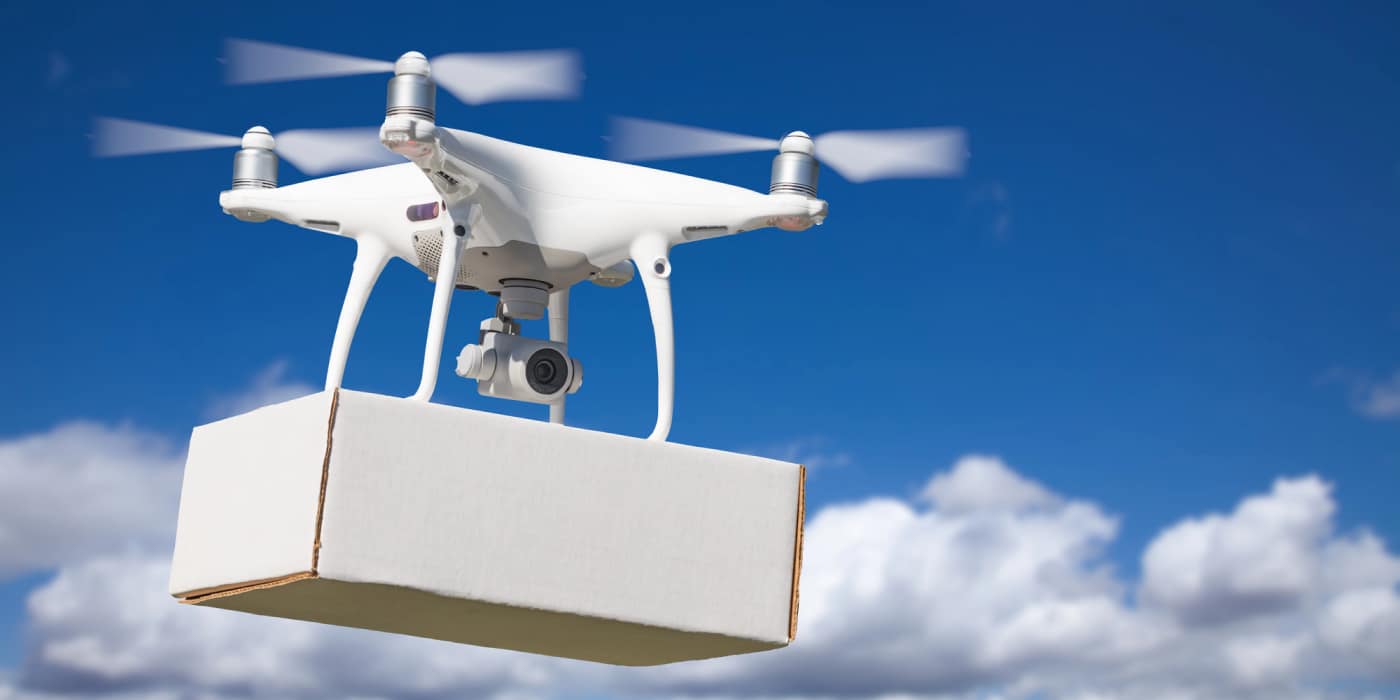How Retailers Are Optimizing Logistics to Meet Same-Day Delivery Demands
Same-day delivery, once a luxury, has become a standard expectation in the competitive retail industry. Whether buying groceries, electronics, or clothes, consumers want their purchases quickly and conveniently, often within hours. Meeting these expectations requires retailers to rethink their logistics strategies and adopt new technologies, enhancing their same-day delivery capabilities.
Here’s a look at how retailers can optimize their logistics to meet the growing demand for same-day delivery.
Leveraging Localized Fulfillment
Traditional fulfillment models rely on massive regional distribution centers, often located hours away from customers. To meet same-day delivery expectations, retailers are moving inventory closer to consumers. Instead of relying solely on large, centralized warehouses, many are investing in micro-fulfillment centers located closer to urban population hubs. These smaller, often automated facilities enable faster picking and packing of orders, significantly reducing delivery times and costs. Retailers can open multiple micro-fulfillment centers incrementally to cover new neighborhoods as same-day delivery demand grows.
Retailers are also transforming brick-and-mortar stores into fulfillment hubs, boosting their same-day and next-day delivery capabilities. Stores in urban centers can become dual‑purpose assets, serving both walk-in customers and online orders. In‑store staff can rotate between customer‑facing roles and picking/packing duties during off‑peak foot‑traffic hours, increasing store productivity, while simultaneously providing faster order fulfillment.

Building In-House Delivery Fleets
Relying solely on third-party couriers limits flexibility and control, especially when delivery demand spikes. To address this, more retailers are building in-house delivery fleets to manage same-day orders directly. Owning the delivery process enables retailers to better control timing, service quality, and customer experiences. While managing a fleet requires investment in vehicles, drivers, and technology, the ability to guarantee delivery time-windows and maintain service standards often outweighs the costs.
Seventy percent of retail executives say retailers will expand their in-house delivery capabilities in 2025, according to a retail survey from Deloitte. Retailers’ private fleets and alternative carriers gained market share from major delivery companies last year. Carriers outside of FedEx, UPS, the U.S. Postal Service and Amazon’s logistics arm delivered 2.3 billion packages domestically in 2024, up 44% from 2023, increasing their market share by volume from 7% to 10%. Most U.S. parcel volume growth over the next three years will come from the private networks of Amazon, Walmart and other retailers, according to a report released by ShipMatrix.
Investing in Advanced Delivery Technologies
To meet same-day delivery deadlines, retailers are deploying technology to improve route planning and delivery execution. Route optimization software helps delivery drivers take the fastest and most efficient paths, minimizing delays and fuel costs. Additionally, real-time tracking technologies provide both retailers and customers with up-to-the-minute updates, reducing missed deliveries and improving satisfaction. Delivery management software can help retailers easily track deliveries, optimize routes, and orchestrate deliveries from one location, increasing visibility, efficiency, and productivity.
Some retailers are using autonomous vehicles or drones to facilitate fast and reliable delivery. Walmart is expanding its drone delivery program with Wing to five new cities over the next year, enabling the initiative to reach millions of new customers. Thirty minutes-or-less drone delivery will become available for customers near one of 100 Walmart locations in Atlanta, Houston, Charlotte, Orlando and Tampa. New market launches will occur in the coming months, with the rollout to be completed by this time next year.

Collaborating with Local Partners
Not every retailer can or should manage last-mile logistics alone. Many are building hybrid models, combining in-house fleets with third-party logistics partners. This allows them to expand capacity and coverage without stretching internal logistics too thin. Retailers are also partnering with on-demand delivery providers like DoorDash and Uber to expand their same-day delivery capabilities. This model allows retailers to tap into a flexible delivery network without owning the fleet, while still ensuring quick service. Collaborations like these can be especially useful in dense urban areas where traffic congestion and parking challenges make delivery more complex. This flexible approach allows businesses to scale quickly, cover more ground, and maintain delivery guarantees during peak periods.
By investing strategically in these areas, retailers can not only meet customer expectations for speed and convenience, but also create a smoother, more cost-effective delivery operation that positions them well to capture market share and build stronger customer relationships.
For more information about how our delivery management solution can help you manage your deliveries more efficiently, please contact info@www.bringoz.com.
